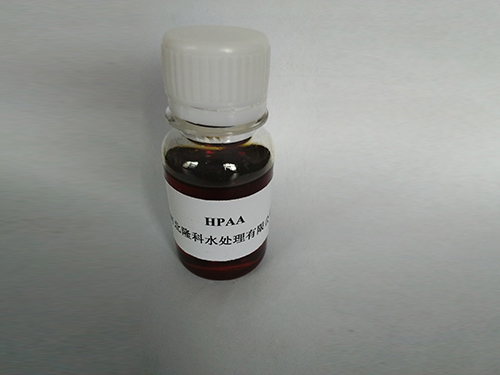Exploring the Applications and Benefits of PAC Poly Aluminum Chloride in Water Treatment
Poly Aluminum Chloride An Overview of PAC in Water Treatment
Poly Aluminum Chloride (PAC) is an aluminum-based coagulant commonly used in water treatment processes. Known for its efficiency and effectiveness, PAC plays a significant role in various applications, particularly in municipal and industrial water treatment. This article aims to provide a comprehensive overview of PAC, highlighting its chemistry, applications, benefits, and some considerations associated with its use.
Chemistry of PAC
Poly Aluminum Chloride is a polymeric form of aluminum chloride, and its chemical structure includes several aluminum ions and hydroxyl ions. Its average molecular weight and the ratio of aluminum to chlorine can vary depending on the manufacturing process. PAC is generally supplied in liquid or solid forms and is characterized by its higher charge density compared to other coagulants like traditional aluminum sulfate.
The effectiveness of PAC as a coagulant lies in its ability to neutralize charges in suspended particles, allowing them to clump together and form larger aggregates. These aggregates, known as floc, are easier to remove from water, thus improving the quality of the treated water.
Applications of PAC
PAC is primarily used in the drinking water, wastewater treatment, and paper manufacturing industries. In drinking water treatment, PAC is favored for its superior settling properties and the ability to work effectively over a wide range of pH levels. This pH adaptability makes PAC suitable for various water types, including those with high and low alkalinity.
In wastewater treatment, PAC aids in the removal of suspended solids, organic matter, and turbidity. By employing PAC in the treatment process, facilities can achieve higher levels of water clarity and meet stricter regulatory standards for effluent quality.
The paper industry also benefits from PAC’s use, as it improves the retention of fillers and fibers during the papermaking process. This leads to enhanced paper quality and a reduction in production costs.
Advantages of PAC
pac poly aluminum chloride

One of the key advantages of PAC over conventional coagulants is its ability to perform effectively at lower dosages. This not only reduces chemical costs but also minimizes the volume of sludge produced during the treatment process. The reduced sludge generation is particularly beneficial for wastewater treatment facilities looking to decrease their disposal costs and environmental footprint.
Moreover, PAC is less sensitive to pH variations and can operate effectively in conditions where traditional coagulants would struggle. This versatility makes it an attractive option for many treatment plants, especially those dealing with variable water sources.
Additionally, PAC tends to create smaller and denser flocs, which settle more quickly than those produced by other coagulants. This characteristic leads to improved sedimentation rates and enables quicker treatment cycles.
Considerations and Challenges
While PAC has numerous advantages, some considerations must be taken into account during its use. Proper dosage is crucial, as an incorrect dosage can lead to poor treatment performance. Over-dosage can cause excessive residual aluminum in treated water, which may pose health risks to humans and aquatic life if not managed properly.
Storage and handling of PAC also require careful attention. As a chemical product, it should be stored in suitable conditions to prevent degradation and ensure its efficacy. Additionally, training personnel in safe handling practices is essential to mitigate any health risks associated with exposure.
Lastly, while PAC is effective in many scenarios, it may not be the ideal coagulant for every application. It's essential to conduct jar tests and pilot studies to determine the best coagulant for specific water treatment needs.
Conclusion
Poly Aluminum Chloride presents a significant advancement in water treatment technology. With its high efficiency, versatility, and reduced environmental impact, it has become a preferred coagulant in various applications ranging from municipal water treatment to industrial processes. As water quality standards become increasingly stringent, PAC provides a reliable solution to meet these challenges, ensuring the provision of safe and clean water for communities and industries alike. As with any chemical, informed use and best practices are necessary to harness its full potential while minimizing any associated risks.
-
Water Treatment with Flocculant Water TreatmentNewsJun.12,2025
-
Polymaleic AnhydrideNewsJun.12,2025
-
Polyaspartic AcidNewsJun.12,2025
-
Enhance Industrial Processes with IsothiazolinonesNewsJun.12,2025
-
Enhance Industrial Processes with PBTCA SolutionsNewsJun.12,2025
-
Dodecyldimethylbenzylammonium Chloride SolutionsNewsJun.12,2025





